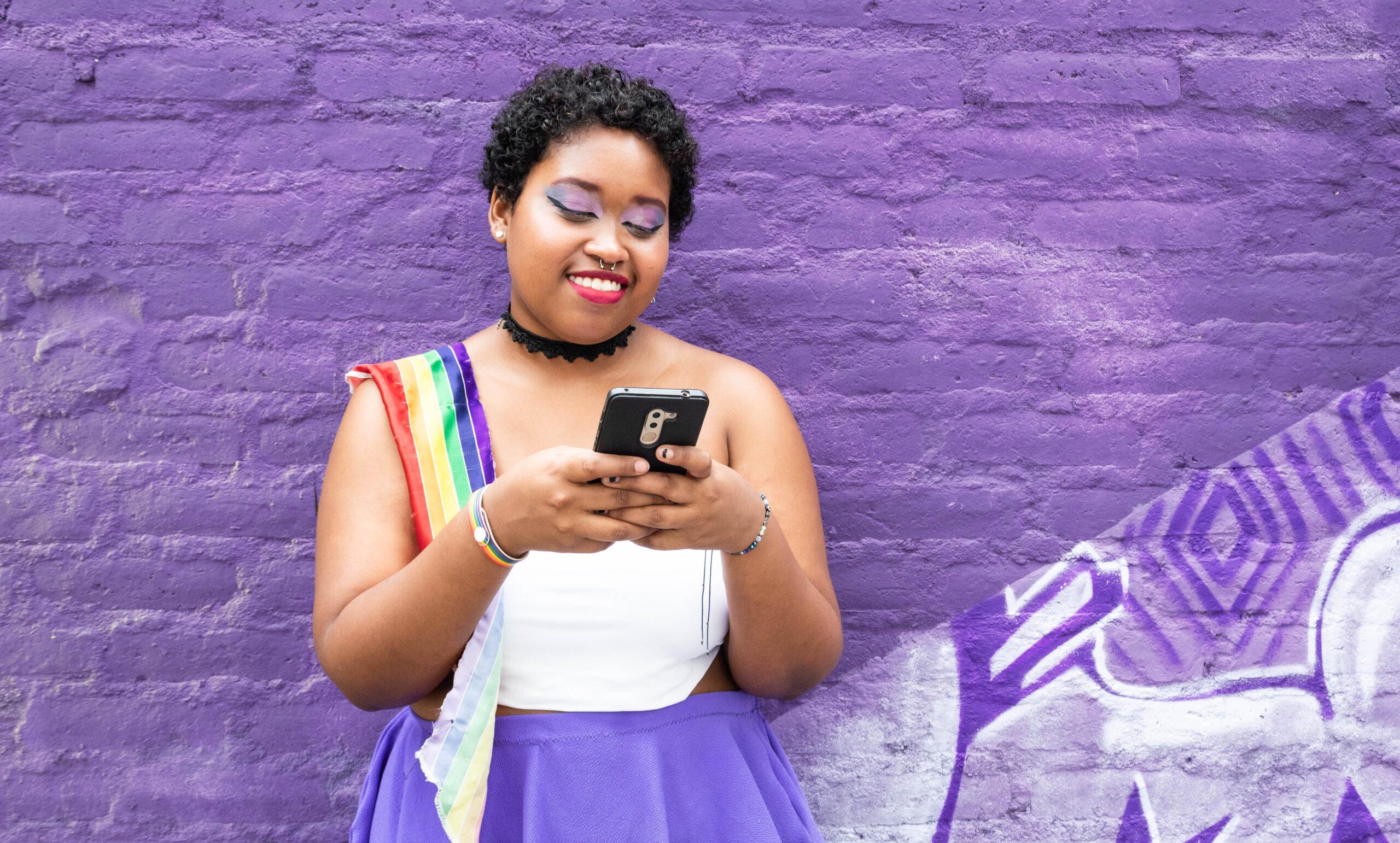LGBTQIA+ affirmative therapy is a type of therapy designed to provide specific support to individuals who identify as LGBTQ+ so that they feel safe, understood, validated, and valued. Therapists who use this approach are specially trained to work with members of the LGBTGQIA+ community and recognize the unique experiences and challenges they face. To accurately be referred to as LGBTQIA+ affirmative, this type of therapy should provide a consistently safe and nonjudgmental space for clients to openly express their thoughts, feelings, and concerns.
Apart from being a space where LGBTQIA+ identified individuals can know they will be understood and treated well, the ultimate goal of affirmative therapy is to support clients in the process of leading authentic and fulfilling lives. To help clients get there, affirmative therapists might encourage an exploration of how sexual orientation and/or gender identity intersect with various areas of the client’s life, such as relationships, career, and family. Affirmative therapy can also be a space to address specific experiences such as the coming out process, the experience of childhood trauma, the effects of systemic marginalization and oppression, cutoff or estrangement from family members, unique relationship challenges, and more. This form of therapy has been shown to be effective in reducing anxiety, depression, relationship conflicts, and stress among LGBTQIA+ individuals.
One of the central elements of affirmative therapy is the therapist’s commitment to be educated, compassionate, affirming, supportive, and validating at every stage of the process. At their core, the therapist acknowledges the client’s sexual orientation and gender identity as a normal part of who they are and respects their right to self-determination. Beyond this, the therapist understands that it is not a client’s job to educate them about the LGBTQIA+ experience. Typically, therapists who provide LGBTQIA+ affirmative therapy are either members of the community themselves or active advocates and allies who have done the work to appropriately and adequately provide this type of therapy.
For clients who identify as LGBTQIA+, it’s important to have the confidence that therapy will truly be a safe, supportive, and affirming place. That’s why it’s important to seek out an affirmative or specialized therapist, rather than someone who simply says that they’re accepting of LGBTQIA+ individuals. In a world that remains largely heteronormative and cisnormative, it isn’t enough for a therapist to be tolerant of LGBTQIA+ people. Rather, to hold a genuinely safe and helpful space, they should have the qualifications, clinical experience, and understanding of what it means—at the individual, relational, and societal levels—to hold an LGBTQIA+ identity.



